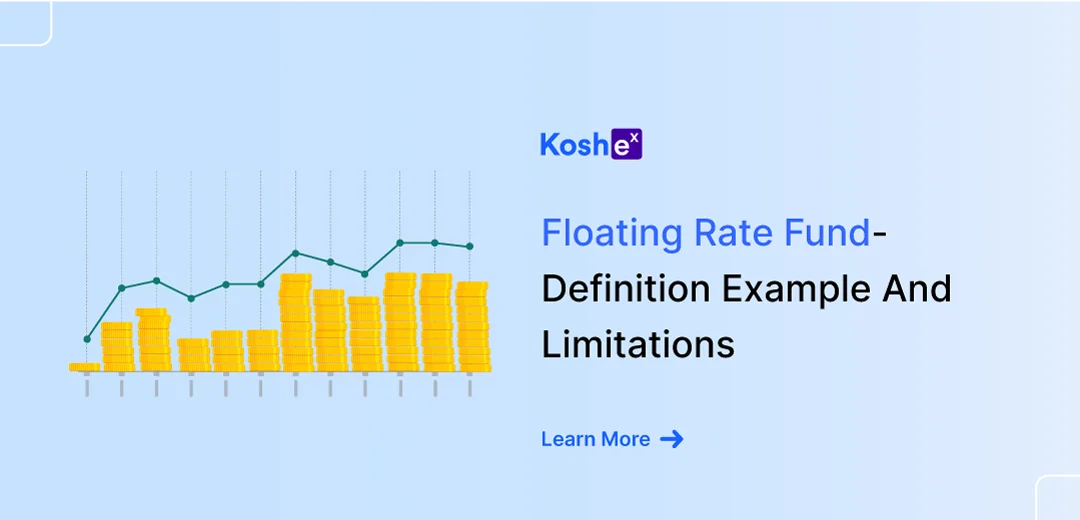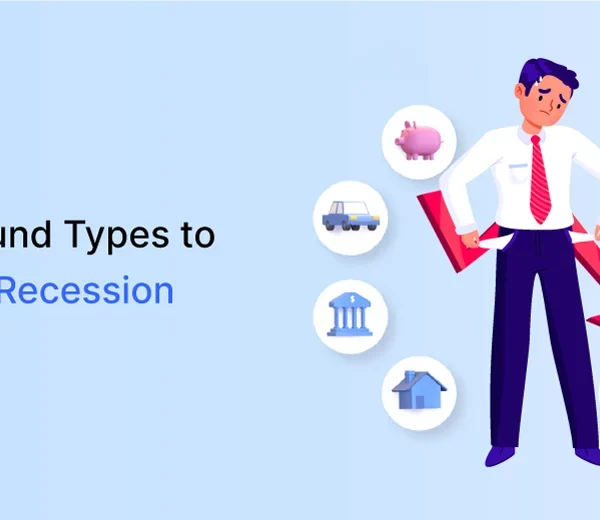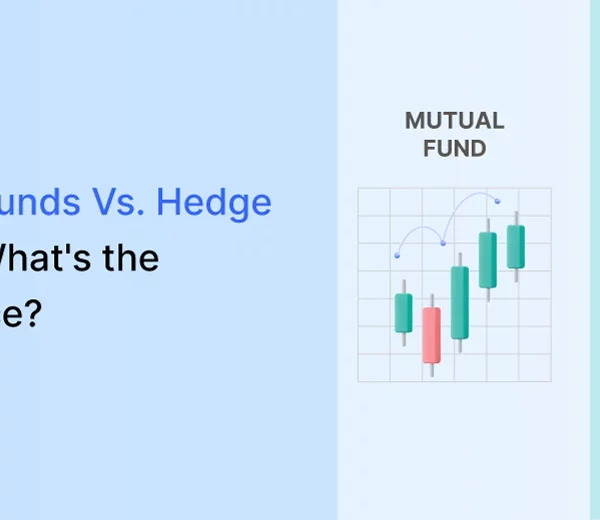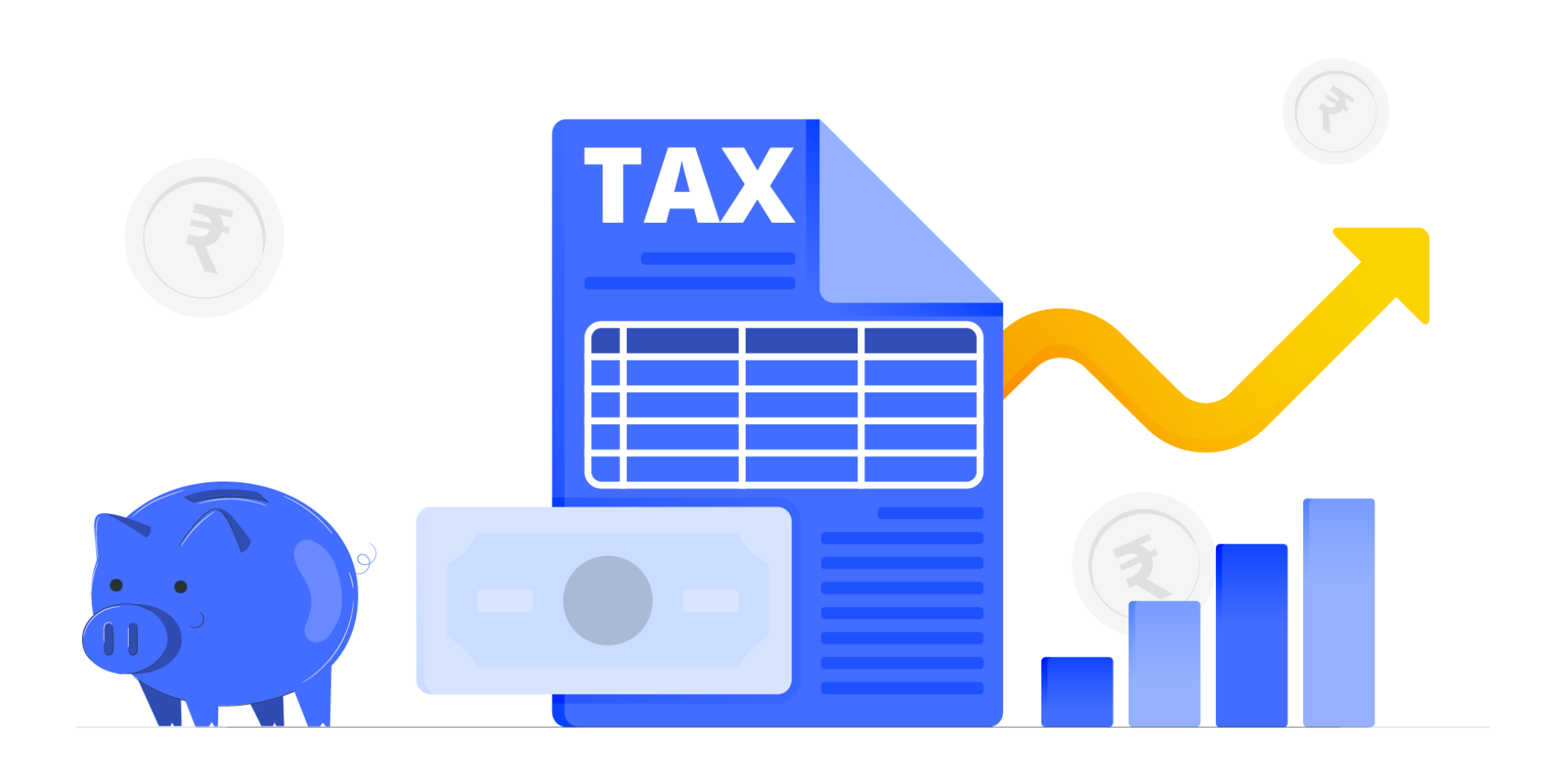Debt mutual funds are a popular investment instrument favored by those who are interested in investing in floating-rate funds. It is also of interest to those who want to diversify their policy. Debt mutual funds are usually preferred by those who are generally risk-averse when investing their money. Although debt instruments offer lower returns than equity investments, they also carry a significantly lower risk. Sign up on the Koshex app to receive customized suggestions to begin your investment journey now.
As you are aware, debt mutual funds can be of various kinds, such as liquid, low-duration, ultra-low-duration, money market, corporate bond, and others. A floating rate fund is a popular debt mutual fund with unique benefits for investors. This article covers various aspects of investing in floating-rate funds.
What Is A Floating Rate Fund?
A floating rate fund is a mutual fund that invests 65% or more of the money in its portfolio in bonds with a floating rate of interest or fixed-rate bonds that are swapped into floating-rate bonds. The cap of 65% has been decided by the Securities and Exchange Board of India (SEBI). Since 65% of this fund is invested in floating-rate bonds, these mutual funds benefit when there is a rise in the interest rate and vice versa.
These are open-ended debt schemes where anyone can invest and withdraw anytime they want. However, keep the taxation aspect in mind during withdrawal.
Generally, a floating rate fund invests in two kinds of financial instruments:
- Floating rate bonds
- Fixed-rate bonds, which are converted into floating rates using Swaps.
Floating Rate Bonds
Floating-rate bonds are bonds that have a variable interest rate during their tenure. The other side of the spectrum of these bonds is fixed-rate bonds which pay a fixed rate of interest till maturity.
The interest rate of floating rate bonds is linked to a benchmark rate such as the Mumbai Inter-Bank Offer Rate or MIBOR (the rate at which banks borrow funds from each other in the interbank market) or the repo rate (the rate at which banks borrow funds from the RBI). As these rates move up and down due to market dynamics, so does the return of floating rate funds.
Fixed-Rate Bonds Converted Into Floating Rates Using Swaps
The floating-rate bond market in India is not very large, with few issuers participating in it. Hence, mutual funds use interest rate swaps to convert fixed instruments into floating instruments and include them in the portfolio. Fixed-rate bonds pay a fixed coupon rate till maturity.
One of the most common swap instruments is the overnight index swap (OIS), a contract between two parties to exchange or swap the interest payments on a notional principal amount. The swap can be done at a fixed interest rate or floating interest rate, or both. The floating interest rate is linked to an overnight index.
For example, suppose there are two bonds – Bond A and Bond B. Bond A is a floating-rate bond linked to the overnight interest rate such as MIBOR. Bond B has a fixed interest rate. The holders of Bond A expect the overnight rates to remain lower while the holders of Bond B want assurance of the fixed rate on their bond. Hence, they enter into an overnight interest swap contract in which the holder of Bond A agrees to convert his floating rate bond into a fixed rate bond and vice versa.
Examples of floating rate funds
Almost all the major mutual fund houses have floating-rate funds. Here are a few popular ones:
| Fund name | 3-months return | 6-months return | 1-year return |
| ICICI Prudential Floating Interest Fund – Direct Plan-Growth | 1.75% | 3.42% | 6.37% |
| Tata Floating Rate Fund – Direct Plan-Growth | 1.76% | 3.23% | 5.69% |
| HDFC Floating Rate Debt Fund – Direct Plan-Growth | 1.69% | 3.32% | 5.65% |
| Axis Floater Fund – Direct Plan-Growth | 1.76% | 3.83% | 5.65% |
| Aditya Birla Sun Life Floating Rate Fund – Direct Plan-Growth | 1.67% | 3.38% | 5.54% |
Note: All returns as of 30.03.2023
Source: Moneycontrol
Advantages Of Investing In A Floating Rate Fund
- The return depends on the benchmark interest rate
One of the advantages of investing in a floating rate is that the return is linked to the benchmark interest rate, such as the Repo Rate or MIBOR. Hence, in a scenario where the generally offered rate is going up, the investor will tend to gain. This is vastly more beneficial than a fixed-rate bond fund, where the returns don’t increase even if the interest rates are rising.
- Moderate risk profile
Floating-rate funds have a moderate risk profile in the sense that they have a lower risk profile than equity funds (since they are debt instruments) but have a higher risk than fixed-rate funds (since they are affected by interest rate fluctuations).
- Helps in the diversification of portfolio
If someone is interested in diversifying their portfolio by adding a debt component, floating-rate funds are a good option. They add the lower risk factor of the debt market into their portfolio while helping them benefit from interest rate fluctuations.
- Flexible financial instruments
Floating rate funds are open-ended mutual funds that offer the flexibility of investing and redeeming whenever wanted. Moreover, they adjust to the varying interest rate scenario of the market, thereby offering a higher coupon rate than fixed-rate funds. They manage interest rate risk to deliver higher returns.
Limitations Of Floating-Rate Funds
Since there are few floating-rate fund issuers in India, the fund manager may be forced to invest in corporate bonds with lower credit ratings. This may involve credit risk, which can affect the performance of the fund.
Moreover, the performance of floating rate funds is directly linked to the interest rate scenario of the economy. While this can be beneficial in a rising interest rate condition, it can be the opposite when the interest rates are falling. Any change in the Repo Rate affects these funds directly.
When To Invest In A Floating-Rate Fund?
This is the golden question. Since the value of the units in a floating rate fund is directly linked to the market interest rate, one should consider investing in a floating rate fund when the interest rates are rising or there is a prediction that they will be rising in the future. By balancing the credit risk with the economy’s interest rate, floating-rate funds will be able to deliver higher returns than other debt components of the portfolio in such conditions.
Also Explore: Can I get monthly interest on Fixed Deposit?
Understanding Floating Rate Funds – A Final Word
With its moderate risk and opportunities to earn better returns, floating rate funds can be a useful component to the debt aspect of your portfolio, especially if you want to invest in it for the short term. However, understanding the right time to invest in a floating-rate fund is a complex aspect to weigh in on. Taking the help of an investment assistant, such as the Koshex app, can be useful.
Koshex is a behavior-based investment app that carefully analyzes the investment profile to provide customized investment suggestions. Investors can access fund analysis and fund-related data and conduct their research before investing. They can directly invest and redeem from the app as well as track their portfolio on the go.
Sign Up today to explore all the features of Koshex.
Frequently Asked Questions
Q.1) What is a floating rate, in simple words?
When the interest rate of a financial instrument goes up and down during the tenure of the instrument, it is known to have a floating rate of interest. The interest rate, in such cases, is often linked to a benchmark rate such as the Repo Rate.
Q.2) When should one invest in floating-rate funds?
The best time to invest in a floating-rate fund is when the general interest rate of an economy is rising, or there is a prediction that it will be rising in the future.
Q.3) Is it good to invest in floating-rate funds?
Floating-rate funds contain less risk than equity funds while having the potential to deliver higher returns than fixed-rate funds. With a moderate risk profile, floating rate funds help in the diversification of the portfolio.









Leave a Comment